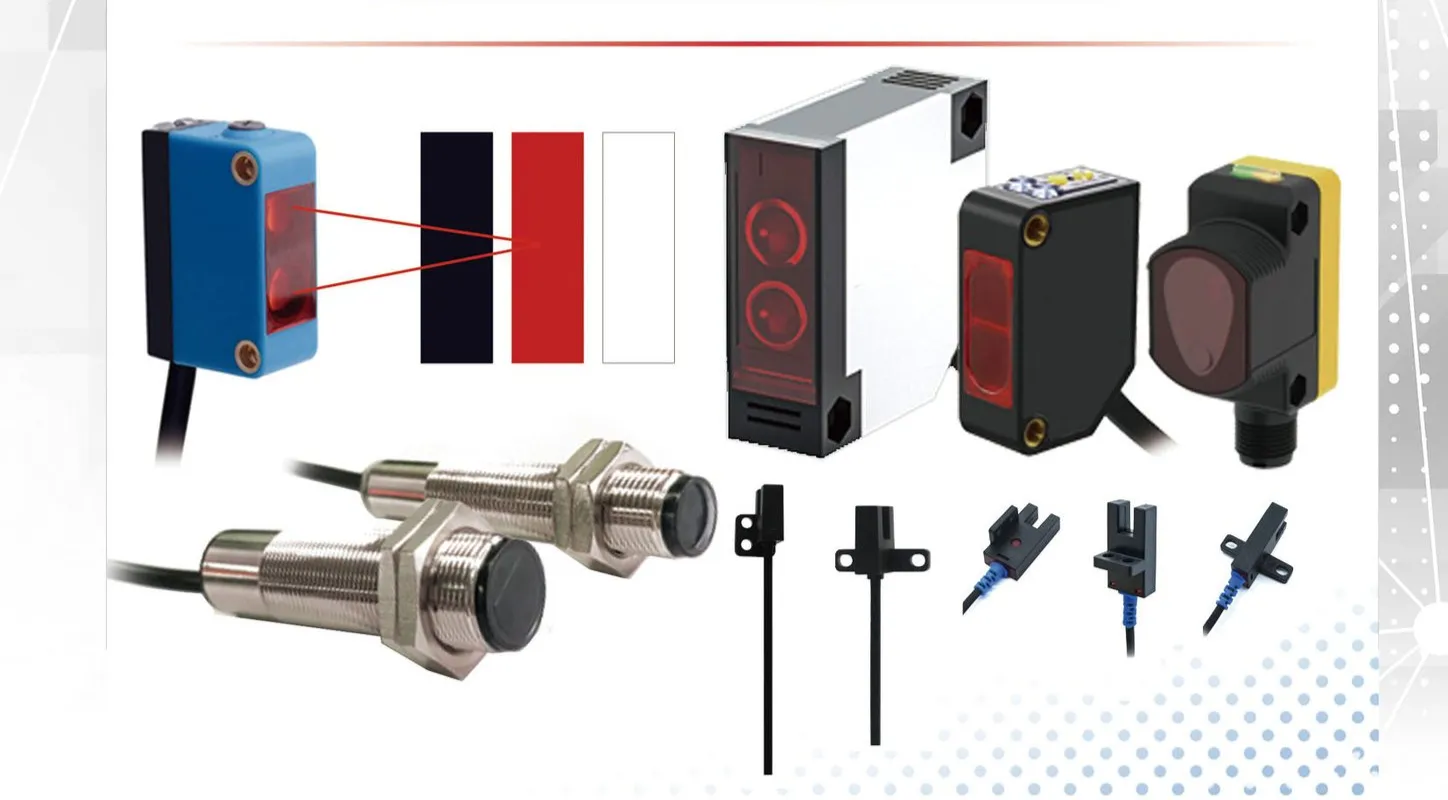
Проверка

Проверка

Проверка

Проверка

Проверка

Проверка

Title: Understanding the BHS0063 Inductive Proximity Sensor: A Comprehensive Guide The BHS0063 inductive proximity sensor stands as a testament to advanced technological innovations in the field of automation and control systems. This comprehensive guide delves into the essential aspects of this remarkable sensor, elucidating its design, functionality, and applications, while emphasizing its significance in various industrial contexts. Introduction to the BHS0063 Inductive Proximity Sensor In a world increasingly driven by automation, the BHS0063 inductive proximity sensor emerges as a crucial component in many industrial and commercial setups. It is designed to detect metallic objects without any physical contact, thus ensuring longevity and reducing wear and tear in high-efficiency environments. This sensor operates on the principle of electromagnetic fields, where changes in these fields due to the presence of conductive materials trigger a response within the sensor. Functionality and Design Features At the heart of the BHS0063’s efficiency lies its sophisticated design that includes a high-frequency oscillator generating an electromagnetic field. When this field interacts with a metal object, it alters the field’s characteristics, which the sensor’s electronic circuitry then interprets as the presence or absence of the object. The outcome is a rapid and precise digital signal output, making the BHS0063 ideal for applications that require quick response times and high reliability. Its compact size and rugged build make it suitable for harsh environments, including those exposed to dust, moisture, and vibrations. Moreover, the sensor’s ability to function across a wide range of temperatures enhances its versatility in various operating conditions. Межотраслевое применение One of the most appealing aspects of the BHS0063 inductive proximity sensor is its broad application spectrum. In the manufacturing sector, it plays a key role in position sensing, product counting, and quality control processes. Its non-contact operation ensures that it can be used in scenarios where hygiene and contamination are concerns, such as in food and pharmaceutical industries. In automotive applications, this sensor aids in controlling assembly line operations, monitoring parts on conveyor belts, and ensuring the proper placement and alignment of components, thereby enhancing production efficiency and accuracy. Furthermore, in the realm of robotics and automation, the BHS0063 contributes significantly to the development of smarter systems capable of performing complex tasks with minimal human intervention. It supports collision avoidance mechanisms, inventory management systems, and security protocols through its reliable object detection capabilities. Установка и совместимость Despite its technical sophistication, installing the BHS0063 inductive proximity sensor is user-friendly. It is compatible with a wide variety of control systems and can be easily integrated into existing setups. Manufacturers provide comprehensive guides and support to ensure seamless installation, making it accessible even for those with limited technical expertise. Additionally, the sensor’s universal design allows it to work with different types of metals, offering flexibility in application choices. Whether it’s steel, aluminum, or brass, the BHS0063 can accurately detect these materials, making it a versatile solution for numerous industrial needs. Выводы The BHS0063 inductive proximity sensor represents a significant advancement in sensor technology, blending precision, durability, and adaptability into one compact package. As industries continue to evolve towards greater automation and efficiency, sensors like the BHS0063 will undoubtedly play a pivotal role in shaping the future of industrial operations. With its extensive range of applications and ease of integration, the BHS0063 stands as a shining example of how innovative technology can address modern industrial challenges.









